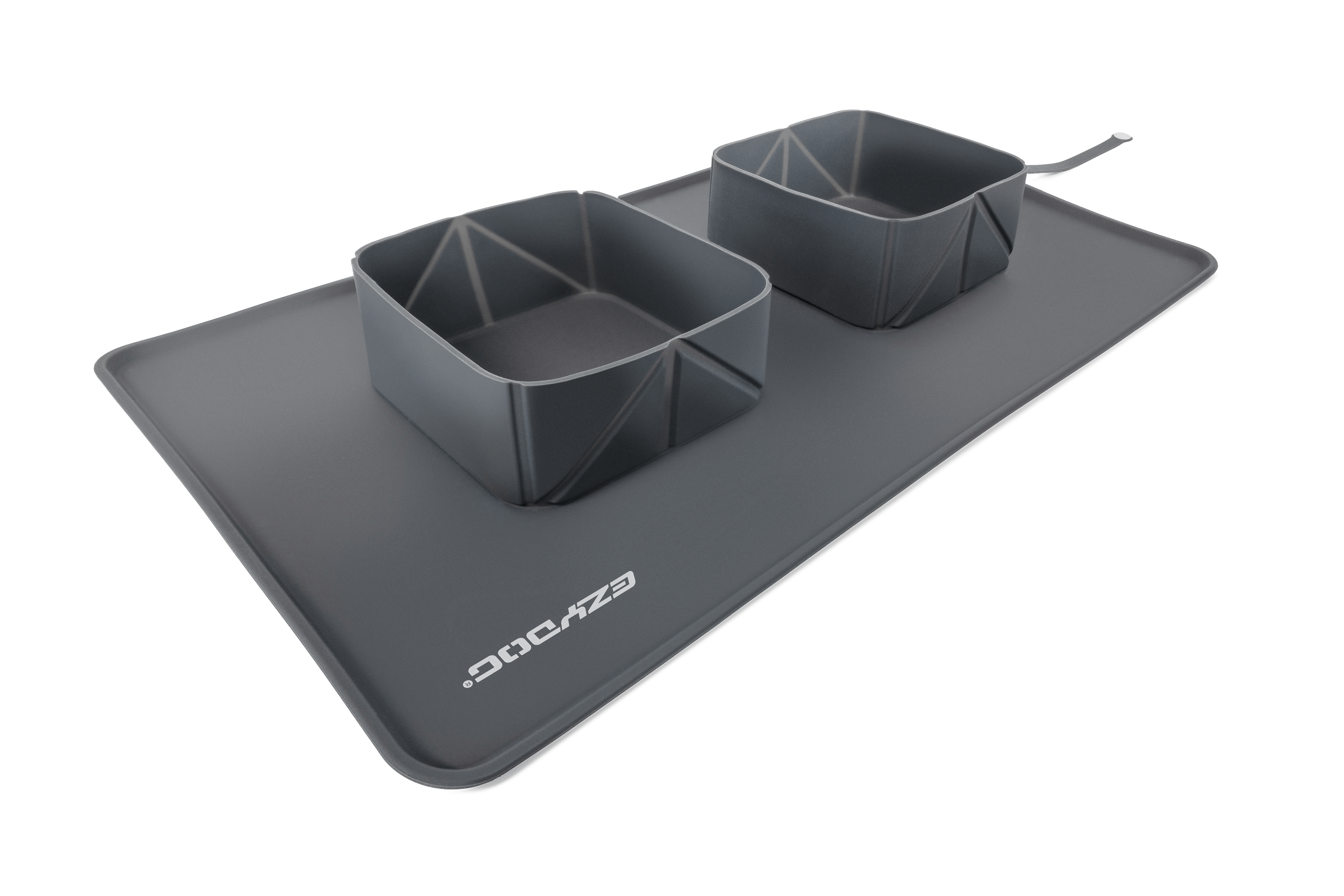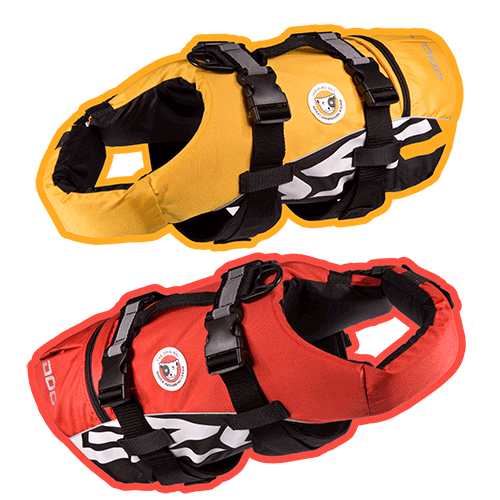We use cookies to make your experience better. To comply with the new e-Privacy directive, we need to ask for your consent to set the cookies. Privacy Policy
Tips For Keeping Your Dog Cool In Summer
KEEPING YOUR DOG COOL THIS SUMMER
With record highs hitting the UK, it’s only right that we share with you our top tips on keeping your K9 companions cool at all times.
Hydration is essential, to all walks of life. It is important to not let your dog get dehydrated this summer, so ensure that your dog has access to lots of cold, fresh water at all times of the day and night. Bring cool water for your dog to drink whenever you both play outside. If you’re going to be out for a long time, freeze a bottle of water or bring ice cubes so you may arrive at your destination with cold water. EzyDog has a wide range of portable water bowls such as the Fold-A-Bowl and the Leaf Bottle that are great for on the go.
Dogs only sweat through their paws, making this and panting is their only way of cooling off. Trimming your dog’s coat will not make them noticeably cooler, and you should never shave your dog as their coat helps regulate body temperature and protects against sunburn!
If you keep your dogs outside, make sure they have access to shade and bear in mind that dogs with darker coats absorb more heat than dogs with lighter coats. One way to keep your dog cool by the water is getting them to wear an EzyDog Dog Rash Shirt, with our new Blue Rash Shirt now in stock. This will protect them from the sun and can cool them down through evaporation.

SIGNS OF DEHYDRATION
When a dog gets overheated and hasn’t been drinking enough water, they can easily become dehydrated. Dehydration in dogs is a significant problem that can result in kidney failure, loss of consciousness, and, in the worst-case scenario, death.
The most prevalent symptom of heatstroke in dogs is excessive panting. Other symptoms may include signs of discomfort such as drooling, reddened gums, vomiting, diarrhoea, mental dullness or loss of consciousness, uncoordinated movement, and collapse.
There are a few quick tests you can do at home to identify any issues:
1. Lift the skin on your dog’s back between his shoulders. It should immediately drop back to its natural position.
2. Gently push on your dog’s gums until a light spot appears. When you remove your finger, the regular colour should return immediately. The gums should also be smooth and moist.
If you suspect your dog is dehydrated, take them to the vet as soon as possible. Your dog’s entire body is considerably closer to the ground than yours, so they absorb more surface heat.
The beach is a great way for your dog to take a swim, but remember to prepare, bring a beach shelter with you, so there is always somewhere cool for your dog to cool off. Seawater is not fresh drinking water and can increase the risk of dehydration, always bring or have access to fresh water when visiting the beach. It’s a good idea to offer them a drink before they go in the water and immediately after.
If it is a hot day outside it is best to take your dog for a stroll on the grass or soil, where it’ll be cooler. Is 26 degrees too hot to walk a dog? Any Temperatures above 26 degrees are dangerous to be walking your dog in and you must never leave your dog alone in a car. This, according to many veterinarians, is the most prevalent cause of heat exhaustion. Be aware that this risk increases with their age and certain type of breeds are more susceptible to heat.
One misconception is that just because it’s hot, your dog can walk anywhere. This isn’t strictly true… Our day-to-day lives are widely different, high temperatures can make different ground environments worse. Do the seven-second tarmac test, hold your hand down on the pavement for seven seconds, if it’s too hot for you, then it’s too hot for your dog’s paws.
QUICK FIRE TIPS
A boat trip on the lake or a day trip to the beach with your doggy’s best friends might be a lovely way to celebrate summer. You may have just bought a stand-up paddleboard or kayak, always ensure that your dog is always safe.
A great way to keep our dogs cool and happy is with frozen yoghurt, make sure you use plain yoghurt with diced/chopped fruits that are all good for your dog’s belly: apple, bananas, blueberries, mango, peach, pineapple, raspberries, strawberries and of course watermelon!
Our personal favourite is a sweet healthier alternative to ice cream, which comes in the form of frozen yoghurt. Similar to the ice cream principle, it is important to identify the correct type for your dog. It’s best practice to give your dog unsweetened Greek yoghurt and use crushed, or blended fruits to mix with the yoghurt.
Always keep an eye on your dog when he or she is swimming; dogs, like children, require constant supervision and can do unprecedented actions at any given time.
DOES MY DOG NEED TO WEAR A LIFE JACKET?
Your dog may be an excellent swimmer, but are you certain that they would know what to do in the event of a water emergency? If your dog enjoys swimming, he will most likely not stop until he is completely exhausted. A life jacket can keep your dog safe while also allowing pups that are new to swimming to build confidence and have more fun in the water. A good rule of thumb to go by is if a strong current can push a human away, then a dog most certainly can as well.
EzyDog has a range of Flotation Devices that have been carefully created for function, safety, and comfort. Our sizing ranges from XS to XL to accommodate all shapes and sizes of dogs. We also have a Micro Life jacket that is suitable for dogs under 7kg, including our new sizing for our second generation of our DFD in the 2X Boost, which is now available in sizes from 4X extra small!

Please note: All advice is general and does not consider your dog’s situation. Here at EzyDog, we believe the right equipment can really make a difference, but always recommend getting health advice tailored to your dog via an accredited dog health professional


